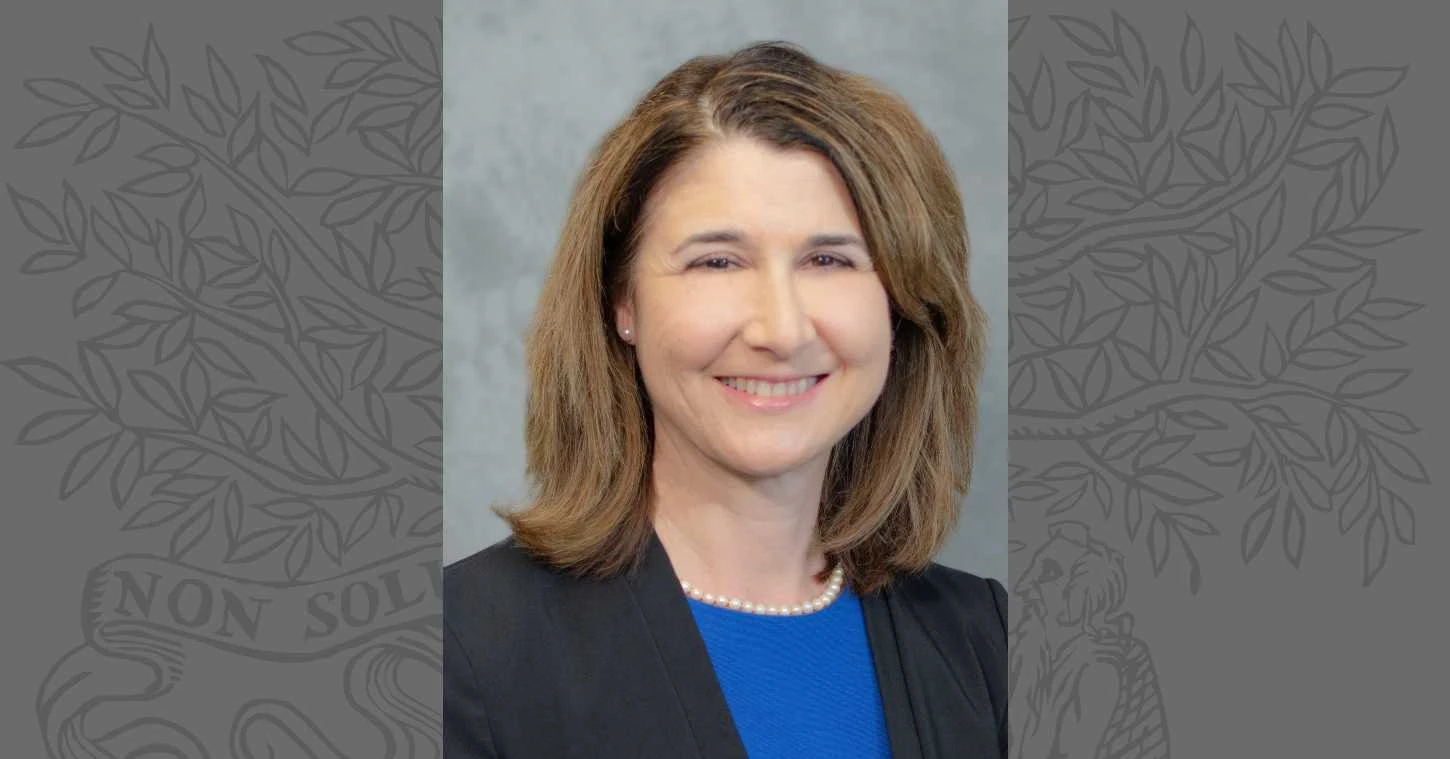Editors' Update - supporting editors, every step of the way.

Infelizmente, não oferecemos suporte total ao seu navegador. Se for possível, atualize para uma versão mais recente ou use o Mozilla Firefox, o Microsoft Edge, o Google Chrome ou o Safari 14 ou mais recente. Se não conseguir e precisar de suporte, envie seu feedback.
Gostaríamos de receber seu feedback sobre essa nova experiência.Diga-nos sua opinião abre em uma nova guia/janela
8 de fevereiro de 2022 | 5 min lidos
Por Susan Sinnott, Christopher Tancock

"...Women, especially women in STEM fields, are in high demand for service roles in their home institutions as well as in service to the field."
In this miniseries, we take a look at the issues experienced by women in research and will try to unpack some of the problems they may face in accepting and discharging editorial roles. We hope to highlight these issues, explore solutions and continue the conversation about how we can best enable gender balance in editorial teams without overloading any of the participants. We welcome all constructive comments and suggestions.
Susan Sinnott was interviewed by Christopher Tancock.
Tell us a little bit about your background and current role…
I am the Editor-in-Chief of Computational Materials Science abre em uma nova guia/janela, a role I have held since January 2014. Prior to his I had held Associate Editor positions for several other journals. My background is in physical chemistry and I have been a faculty member in materials science and engineering departments for the last 27 years. My area of expertise is atomic-scale and electronic structure modelling of materials with an emphasis on heterogeneous interfaces, surfaces, and defects. I am currently the Department Head of the Materials Science and Engineering Department at Penn State University.
What does a “normal” day look like for you?
I spend about ⅓ of my time on administrative matters and so a typical day will include meetings and emails related to my position as Department Head. I also have an active research group and so I spend some time most days on project, group, or individual student meetings related to research. I spend additional time each day on writing proposals and papers. I typically spend 15–30 minutes each work day on my editorial duties and get caught up on the weekend.
What would you say is your greatest professional accomplishment?
My greatest professional accomplishment is the advising of students who go on to have successful careers. This is by far my most important role.
How did you come to be involved with the journal?
I had published in Computational Materials Science a few times and was delighted to be asked to consider the Editor-in-Chief role after meeting with the journal publisher at the time.
Do you enjoy being an editor – what are the best and worst aspects?
I very much enjoy being an editor! The best aspects are shaping the journal to reflect the best in the field and seeing excellent articles being submitted, reviewed, and ultimately published. The worst aspect is getting good reviews in a timely manner; many people accept the reviewer assignment and then do not deliver a review.
How have you been approaching the issue of gender balance and diversity on your journal?
The five Associate Editors with whom I work come from all over the world (the U.S., France, Brazil, China, Canada) and include one woman. Over the years, there has typically been 1-2 women who are Associate Editors of the journal.
In your opinion what is/are the 1–3 biggest obstacles facing women who want to participate more in editorial roles?
Professional women who also have young children at home are very time constrained. Despite advances in gender equality at home, it is documented that women carry a heavier load with respect to child care than do men even in households where both men and women have jobs outside the home. In addition, very often women, especially women in STEM fields, are in high demand for service roles in their home institutions as well as in service to the field. Committees for federal funding agencies, technical societies, and within universities, as well as editorial positions, strive to ensure gender balance. Because there are generally fewer women in STEM fields, this means that a smaller number of women are asked to serve on a large number of these positions. This can be overwhelming for women at every stage of their career.
If you could give one piece of advice to your younger self – or other women who might be in a similar situation – what would that be?
Don’t spend so much time worrying about your future career. Instead, work hard and make time for work-life balance and the pieces will fall into place. As a working wife and mother working in materials science and engineering, it was difficult for me to balance the many commitments on my time and I spent an inordinate amount of time concerned that I was not making sufficient progress towards promotion and tenure in academia. Looking back, I wish I had spent more time enjoying my family life and spent less time worrying.
Do you think that the pandemic has helped or hindered the cause of gender equality in editorial teams?
For families with young children the pandemic has definitely hindered the cause of gender equality.
Do you think it is easier now for women to undertake editorial roles?
I don’t know. My journal publisher and I have reached out to women about serving as Associate Editors over the years and they typically decline citing high workloads. The situation does not appear to have improved over time. Women are still overcommitted. Studies show that remote work in one sense is easier for many, and yet for women with young children at home it can seem overwhelming.

SS

CT
